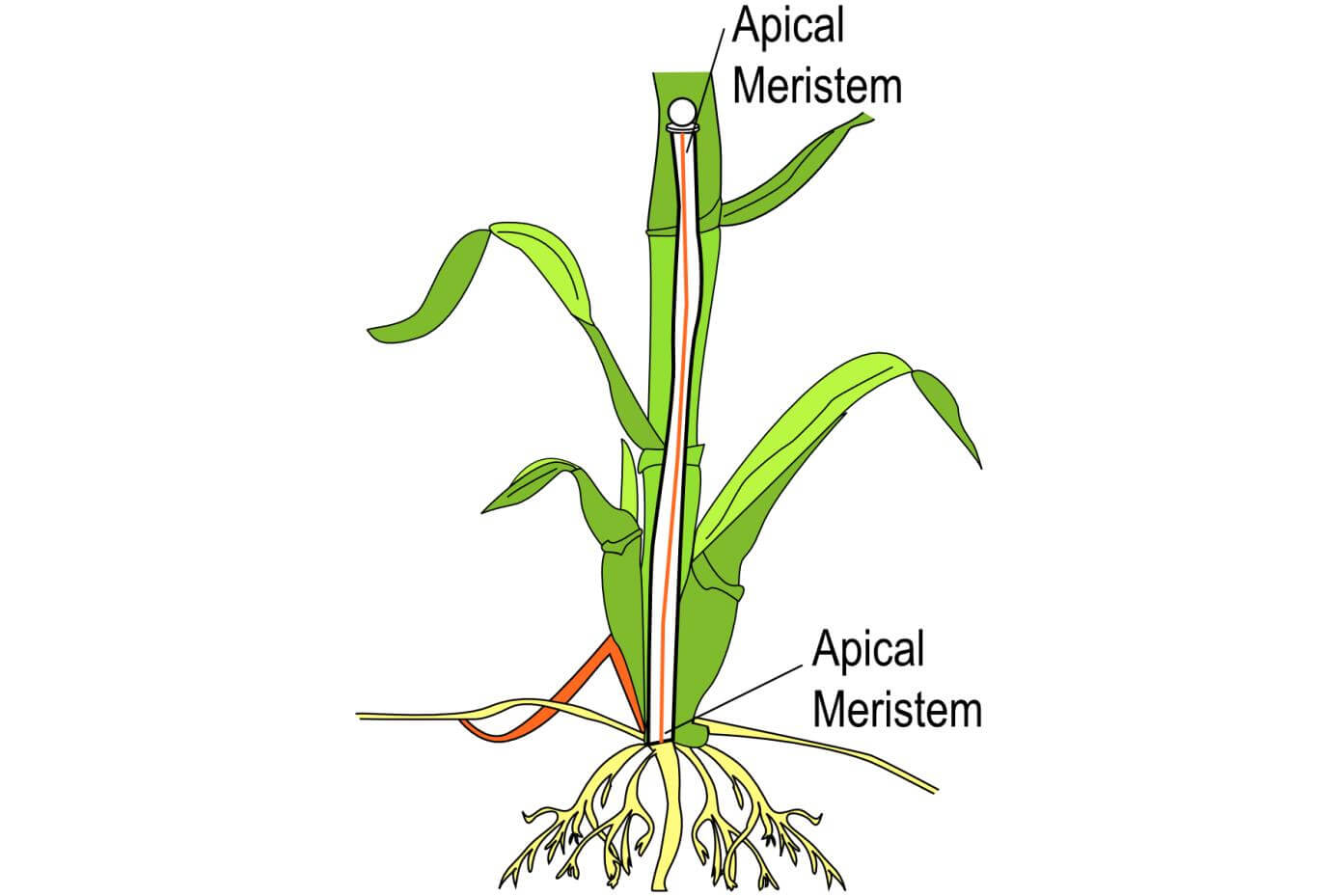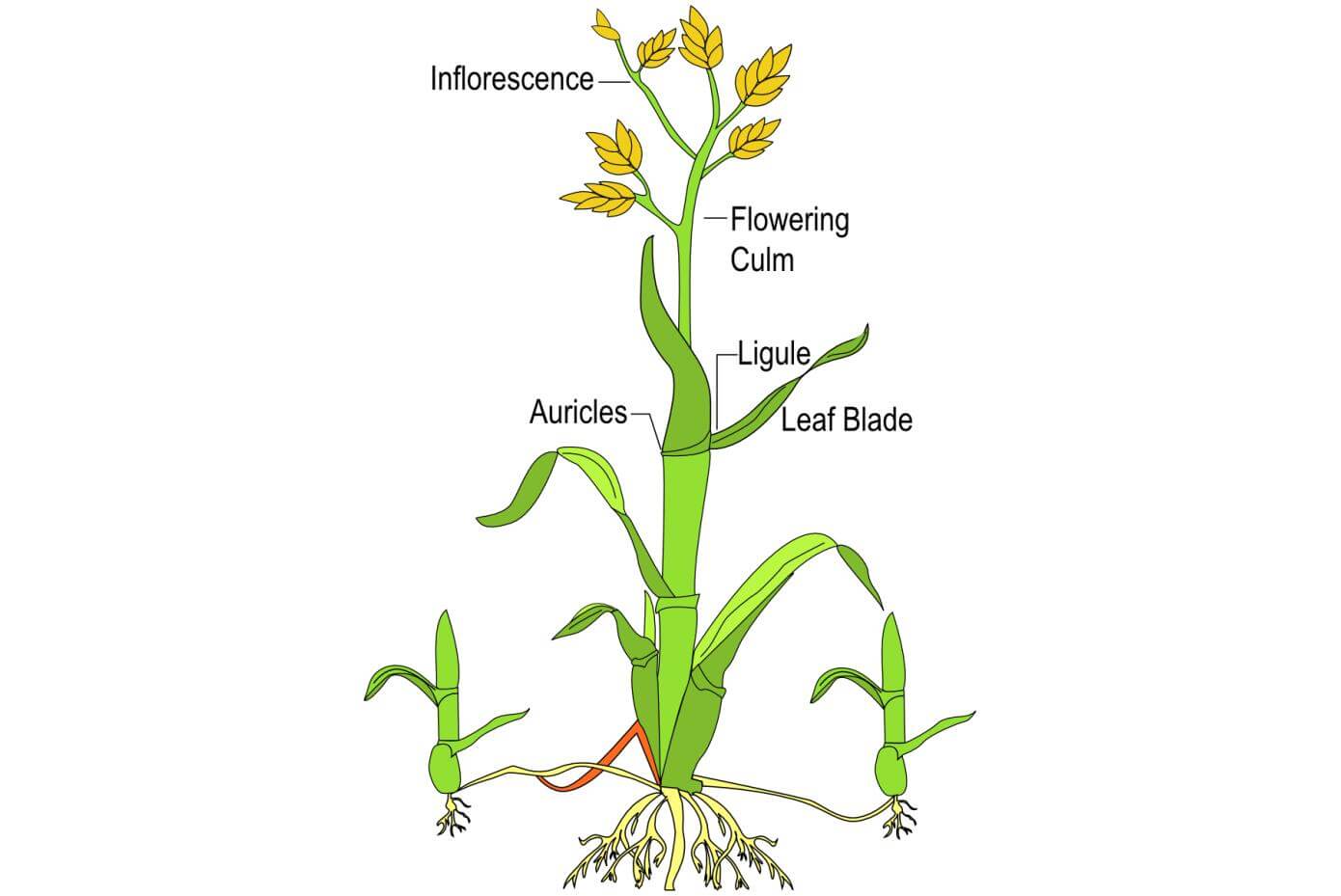Crop Talk
So how did the 2013 harvest shake out? Below is a synopsis of information we have gathered regarding how our key Willamette Valley crops performed this harvest year:
- Annual ryegrass. Crop was average to slightly below average. Fall usage appears to be down somewhat.
- Turf-type perennial ryegrass. With no real gain in acres, and not much carryover, the 20-30% drop in yields this year is and will pose a challenge for the next 10-12 months, and beyond. Market prices are up and may get higher. Placement of new acres is very difficult. No light at the end of the tunnel.
- Forage tall fescue. Yields on fawn, KY-31 and other forage fescues reportedly off 5-10%.
- Turf-type tall fescues. Reported yields are down 10-15%. Most shipment were nearly right off the cleaners and carryover was nearly non-existent. Spring supply should cover needs this year, with the possibility of enough next year to have an easier start into fall. Prices seem quite stable.
- Orchardgrass. Average to -10% ave. yields on fewer harvested acres are keeping prices steady; maybe bit higher.
- White clover. We are hearing that cleanouts are heavier than normal. Seeing price increase at grower level.
- Crimson clover. With a near-zero carryover, crimson demand was strong early. Once the crop became available the grower price increased, and seed shipped. Overall usage appears to be a bit down, but there is little inventory to be carried over into spring, which will likely be gobbled up before new crop 2014.
- Medium red clover. Harvested acres were down, but yields were good. Again, without carryover, demand kept the price high early. With the total supply low and a long time before the next crop, prices may stay strong.
- Austrian winter peas. Before new crop there was none. After new crop there is none. Demand = Supply. Crop 2014 is a long ways away. Our Windham Winter pea’s became a good second option. Limited supplies available for the rest of the year.
- Kentucky Bluegrass and Creeping Red Fescue. While not Willamette Valley crops, these species are facing similar production pressures resulting in higher prices and lower inventories
How Grass Grows Part 8 Shoot Development: Flowering
“The flowering portion of the grass shoot is called the inflorescence. Formulation of the inflorescence occurs in three distinct phases: 1) the tiller must be mature to respond to environmental conditions that promote flowering; 2) induction by vernalization (or the tiller experiencing sustained low temperatures of <50F - i.e “winter”) and/ or a day-length requirement. 3) Following environmental stimulus, the apical meristem is transformed from a vegetative to a flowering axis. Cells divide then elongate rapidly from the apical meristem and the inflorescence emerges from the middle of the existing leaves.”
VA Tech’s How Grass Grow’s interactive presentation. See full presentation under our Resources at SmithSeed.com.


